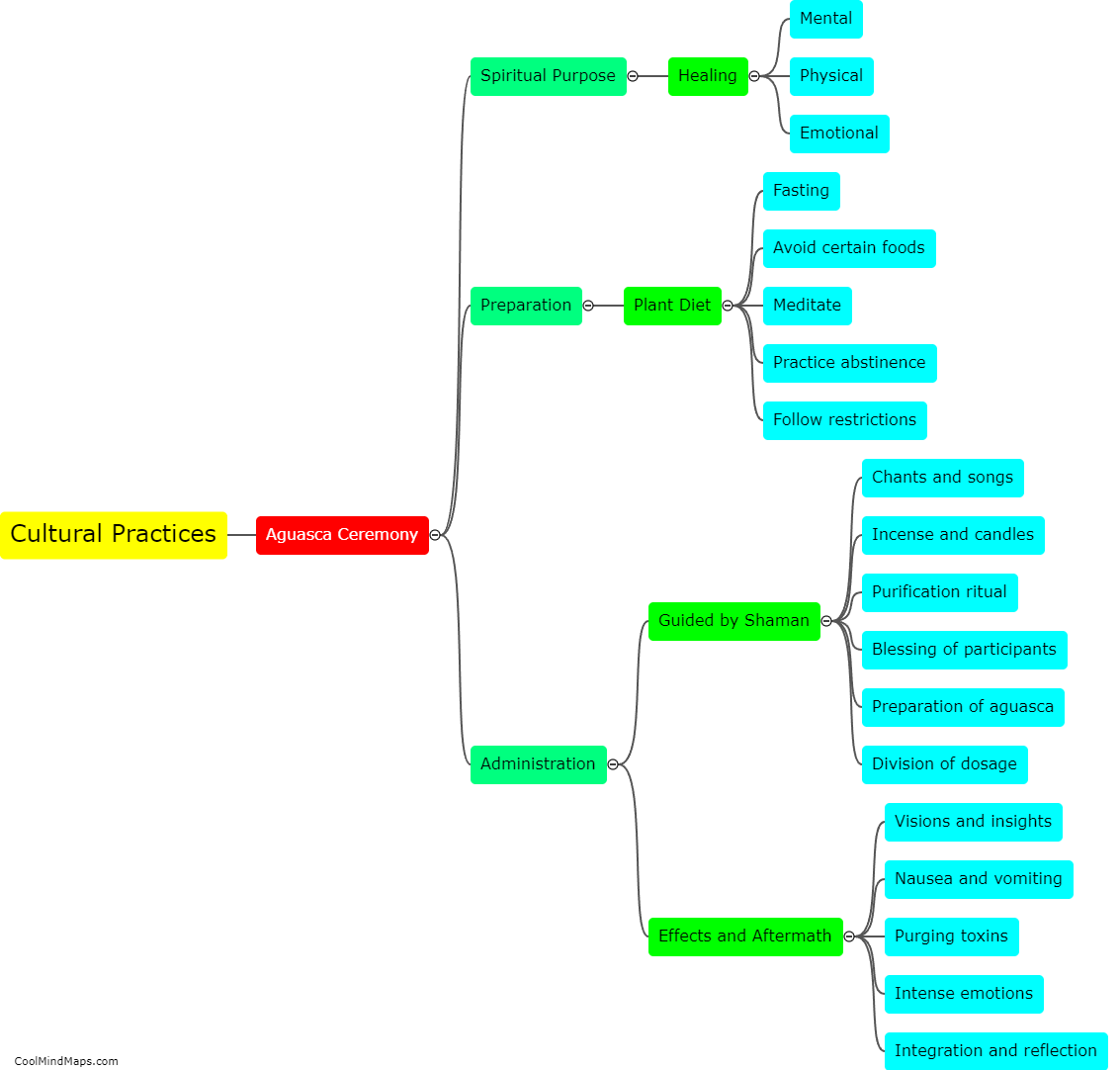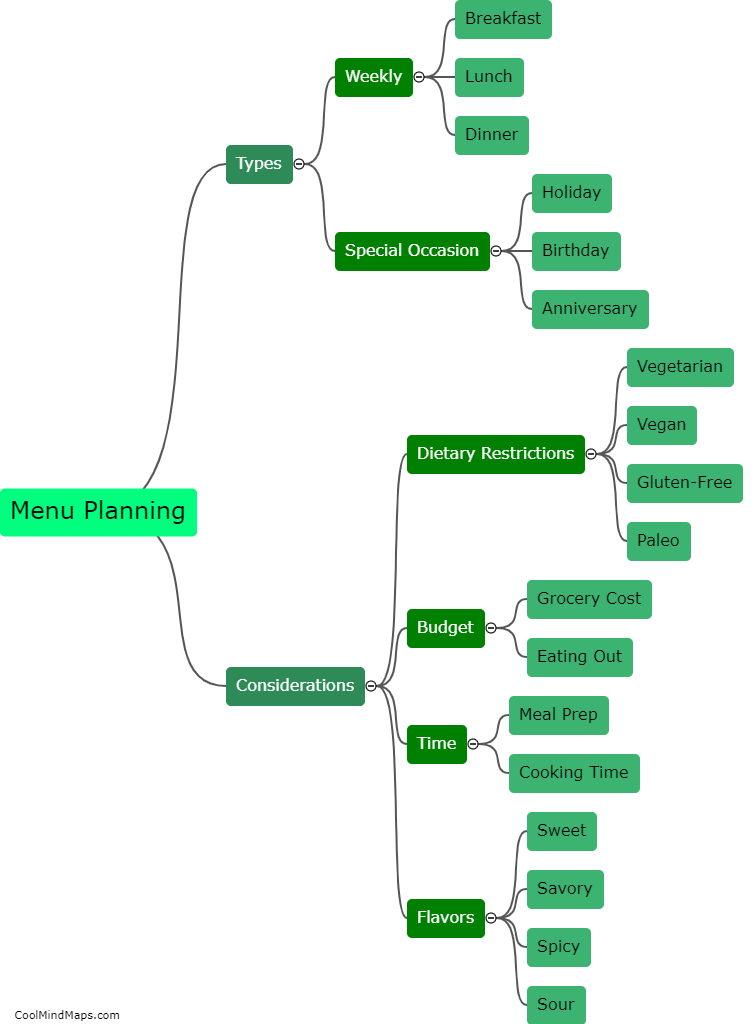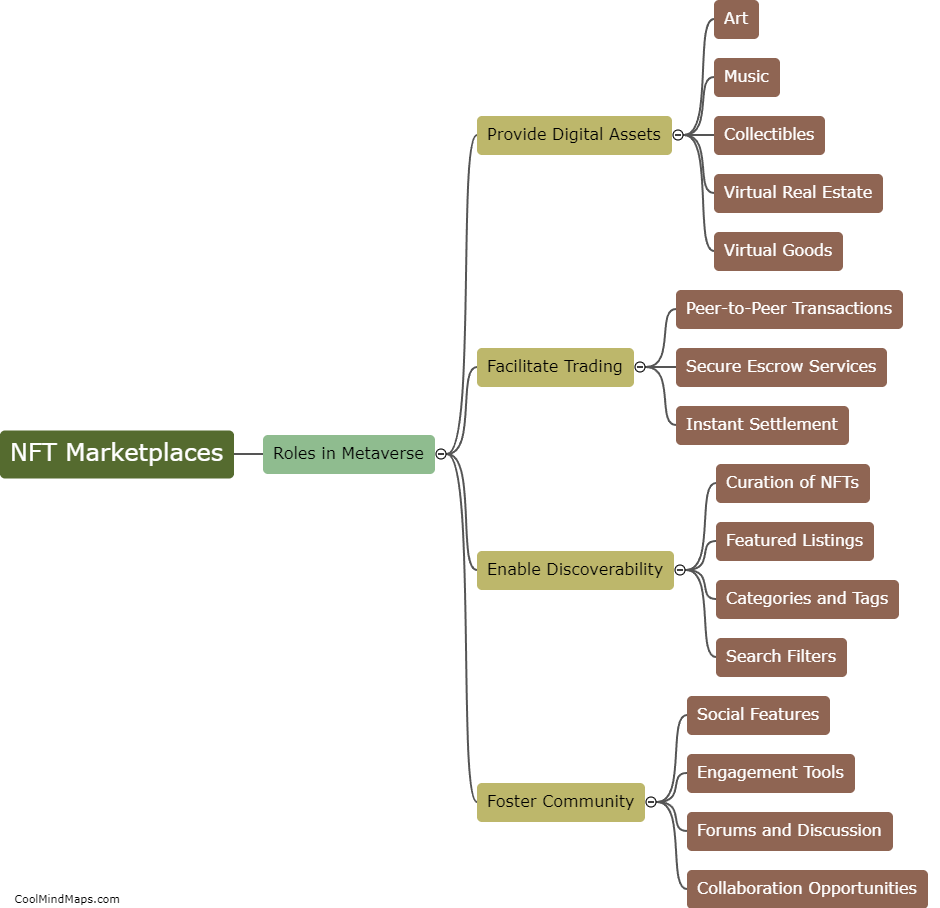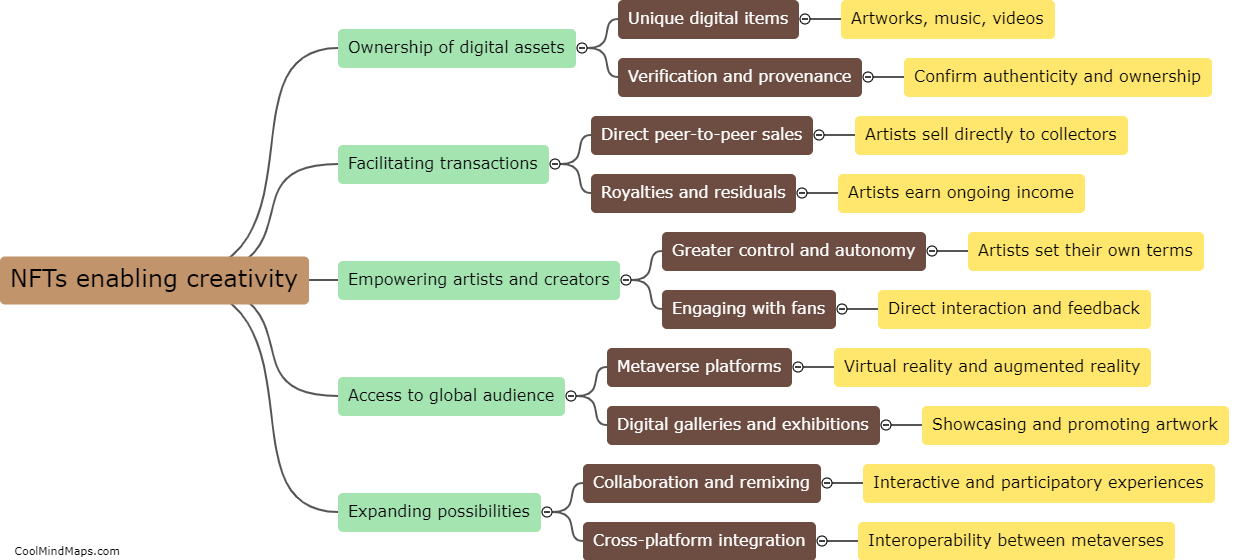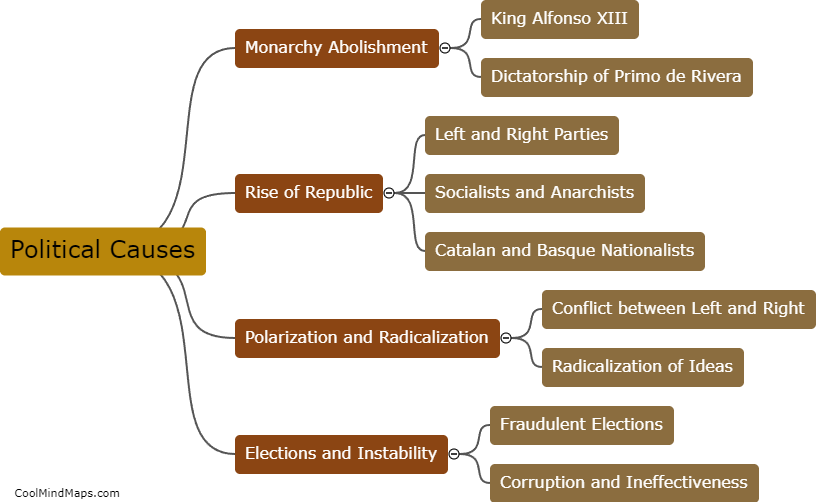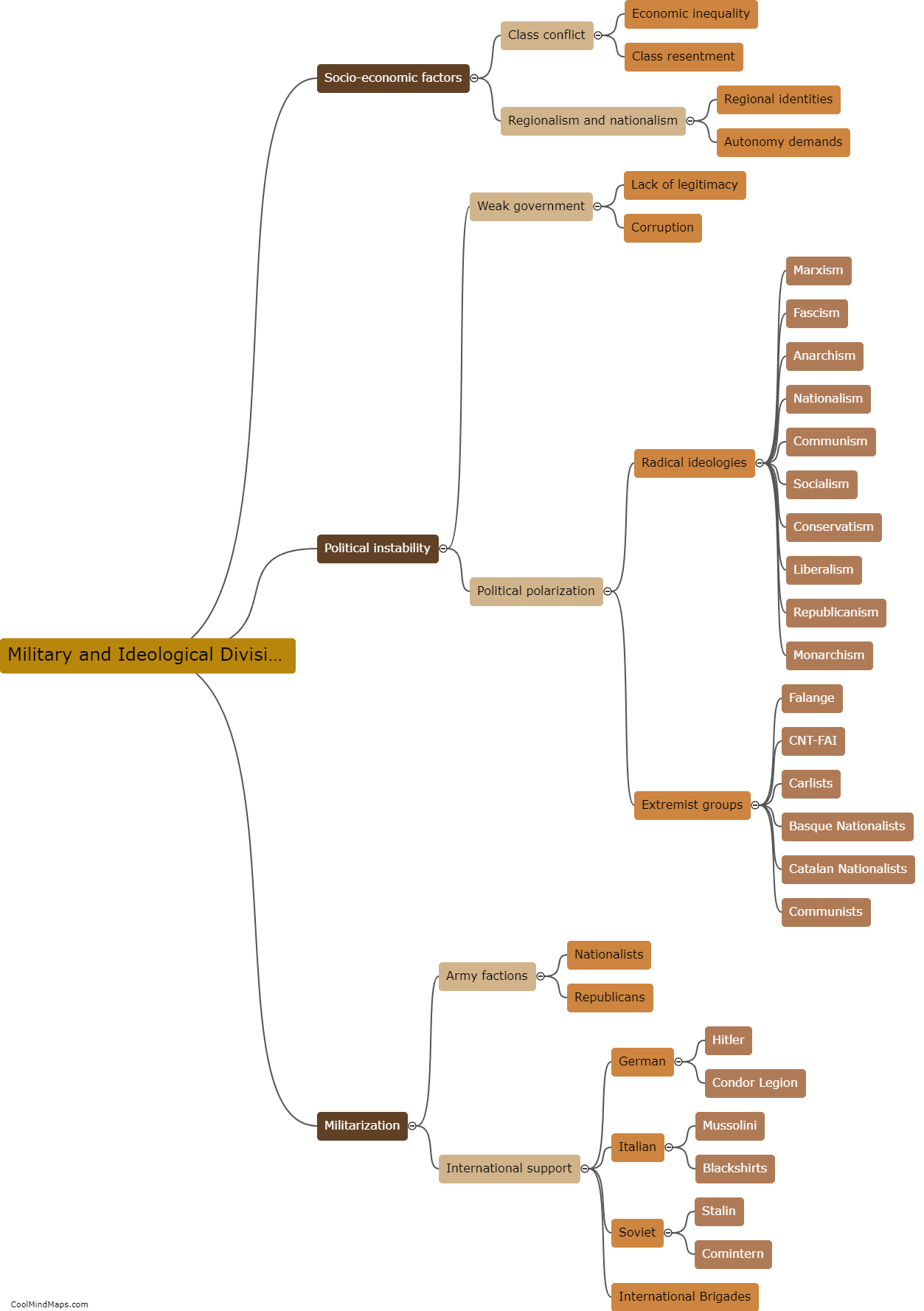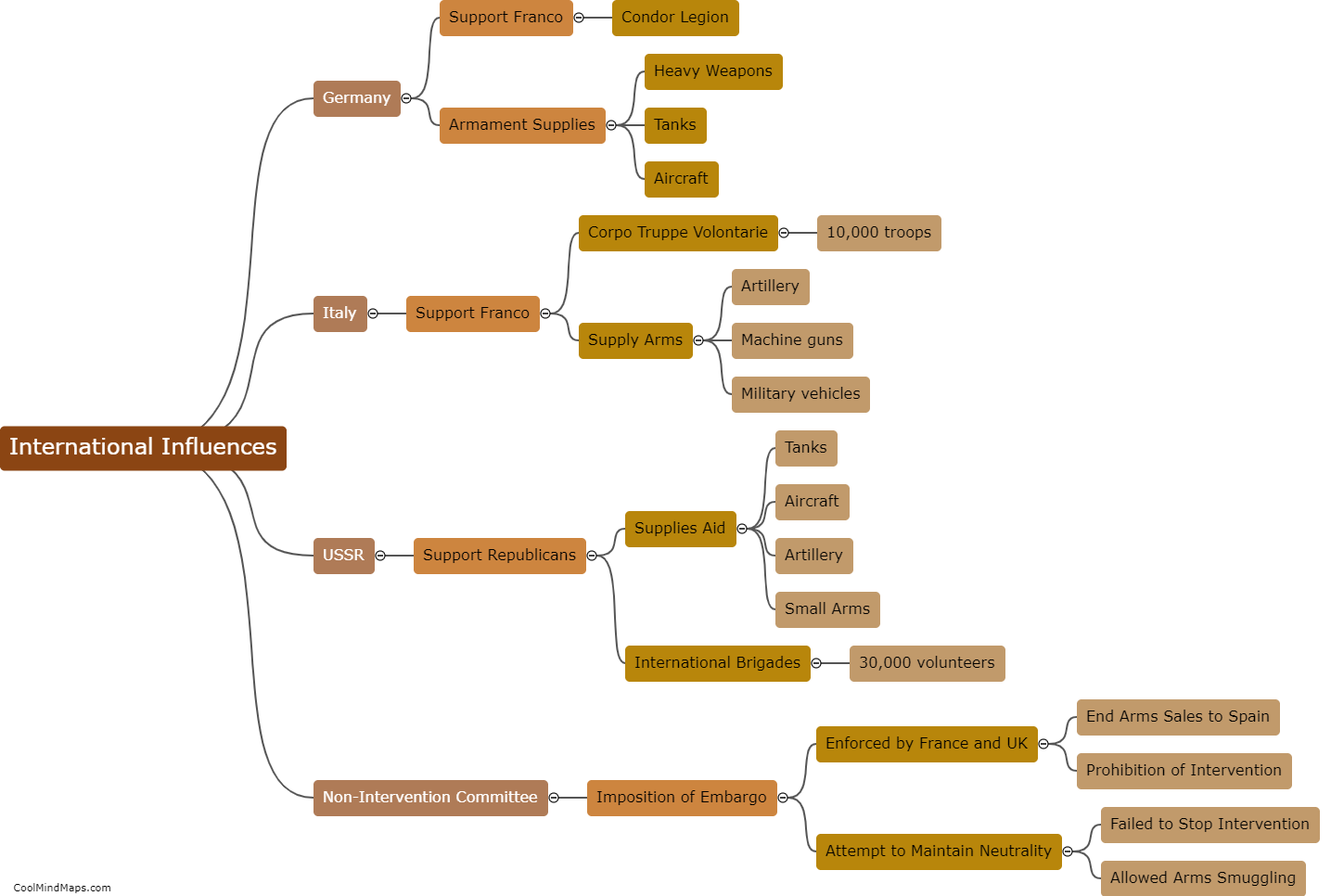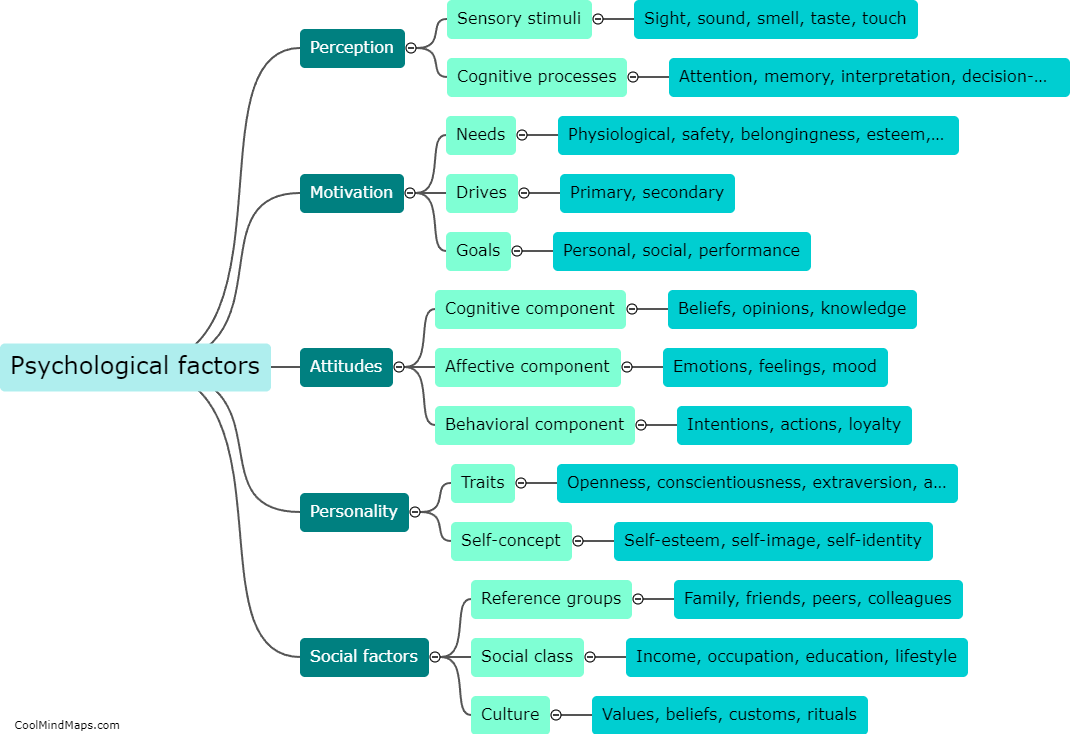How did social tensions contribute to the Spanish Civil War?
Social tensions played a crucial role in fueling the outbreak of the Spanish Civil War. During the early 20th century, Spain experienced deep divisions between various social and political groups, including conservatives, liberals, socialists, and anarchists. The rigid hierarchies and profound socioeconomic disparities created discontent among the working class, peasants, and urban poor, who faced unemployment, poverty, and exploitation. The rise of populist movements, such as the anarchist CNT and the socialist PSOE, led to increased polarization and radicalization. The tension between the traditionalist, Catholic establishment and the progressive forces advocating for social and political change further exacerbated the divisions. The assassination of the liberal prime minister José Canalejas in 1912 and the subsequent failed attempts at political reform highlighted the growing anger, frustration, and desire for change among the populace. These social tensions eventually culminated in the eruption of the Spanish Civil War in 1936, as various factions and ideologies clashed in a violent struggle for power and control over the future direction of Spain.
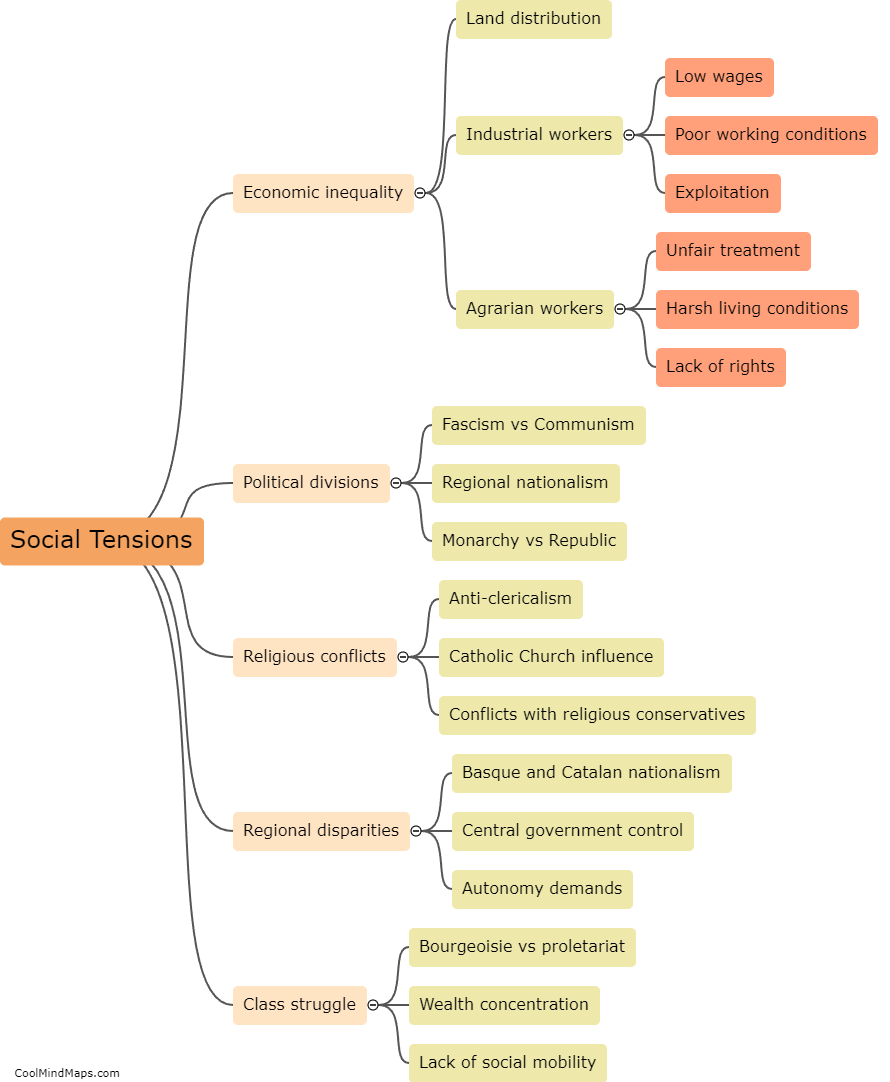
This mind map was published on 19 September 2023 and has been viewed 88 times.
